Tree Diseases
Understanding Tree Diseases in Wisconsin
By understanding the common causes of tree diseases in Wisconsin and implementing preventive measures, you can protect your trees from potential harm and ensure their longevity. Our team of experts is ready to assist you with any tree-related concerns and provide professional advice tailored to your specific needs.
Let’s delve into the main causes of tree diseases in Wisconsin and how you can prevent them.
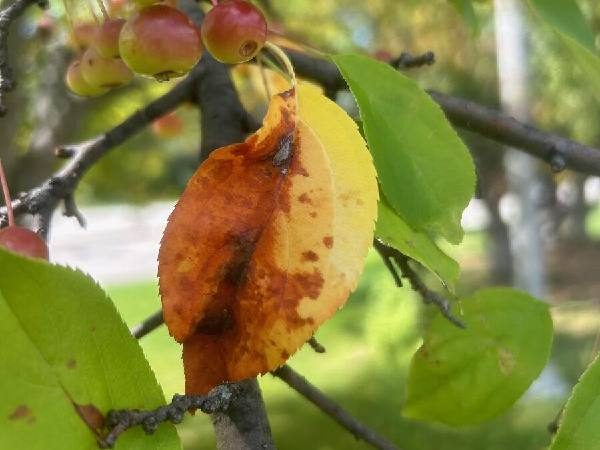
Fungal Infections
Fungal infections are one of the leading causes of tree diseases in Wisconsin. Moisture and warm temperatures create favorable conditions for fungi to thrive. Common fungal infections include anthracnose, powdery mildew, and root rot. These infections can weaken the tree’s immune system, making it more susceptible to other diseases and insect infestations.
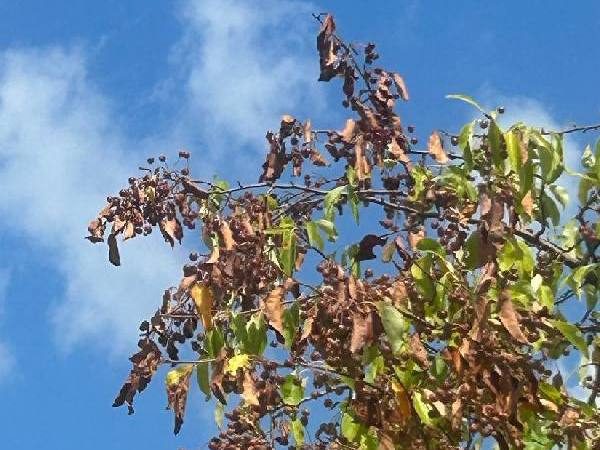
Bacterial Infections
Bacterial infections can also affect trees in Wisconsin. They often enter through wounds, such as pruning cuts or insect damage. Once inside the tree, bacteria multiply and cause various diseases, such as fire blight and bacterial leaf scorch. These infections can spread rapidly and have detrimental effects on the tree’s overall health.
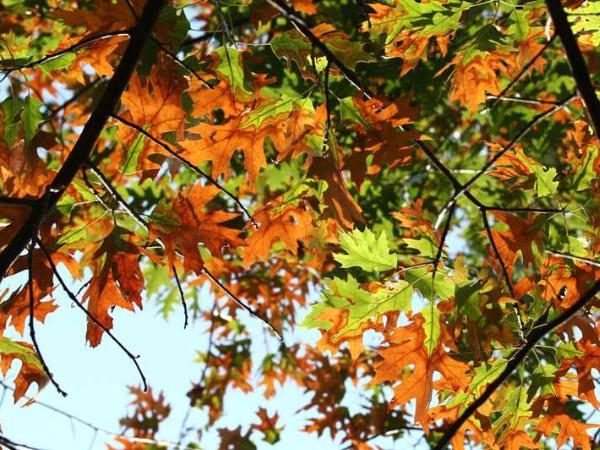
Environmental Stress
Trees that are subjected to environmental stress are more vulnerable to diseases. Harsh weather conditions, such as drought, excessive heat, or severe cold, weaken the tree’s defenses and make it more susceptible to infections. Additionally, poor soil conditions, improper planting techniques, and inadequate nutrition can also contribute to tree stress and disease development.
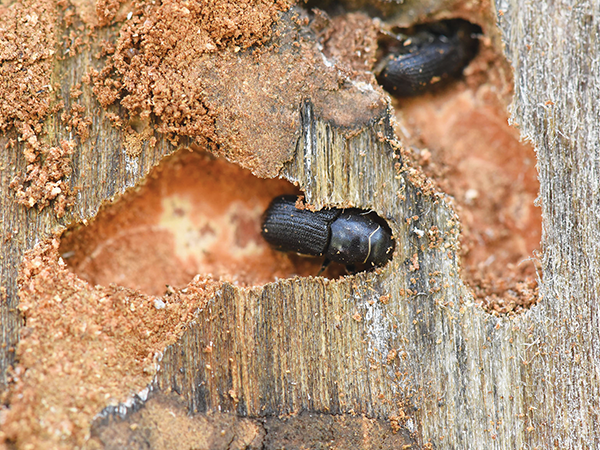
Disease Transmission
Insects play a significant role in spreading diseases among trees in Wisconsin. Certain insects act as carriers, transferring pathogens from infected trees to healthy ones. For example, the elm bark beetle is a notorious insect that spreads devastating tree diseases. It’s essential to monitor and control insect populations to prevent the transmission of diseases.
Common Tree Diseases in Wisconsin: Cause and Treatment
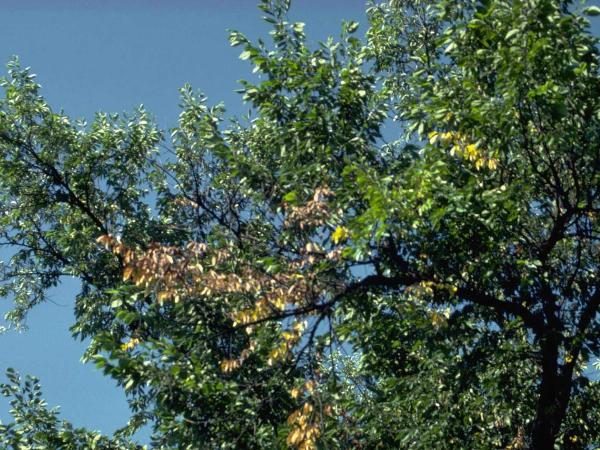
Dutch Elm Disease
Dutch Elm Disease is one of the most prevalent tree diseases in Wisconsin, affecting the majestic elm trees that add charm to the landscape. It is caused by a fungus that is spread by elm bark beetles. Infected trees often display symptoms such as yellowing and wilting leaves, as well as the development of brown streaks on the bark.
Treatment: Early detection and prompt action are crucial in managing Dutch Elm Disease. Professional arborists can provide pruning and insect control measures to prevent the spread of the disease. In severe cases, tree removal might be necessary to prevent further contamination.
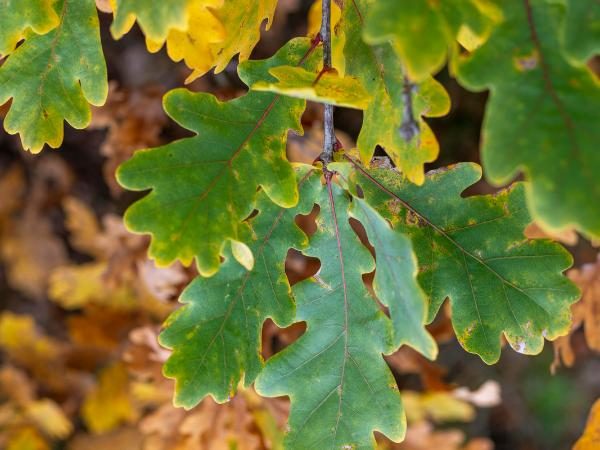
Oak Wilt
Oak Wilt is a devastating disease that primarily affects oak trees, including the iconic species found in Wisconsin. It is caused by a fungus that disrupts the water-conducting vessels within the tree, leading to wilted leaves and eventual tree death. The disease spreads through root grafts between adjacent oak trees or by sap-feeding beetles.
Treatment: If diagnosed early, some trees infected with Oak Wilt can be treated with appropriate fungicide injections to control the disease’s progression. However, preventive measures such as trenching and removing infected trees are often necessary to safeguard nearby oaks from contamination.

Apple Scab
Apple Scab is a common fungal disease that affects apple trees in Wisconsin. It causes dark, scaly lesions on the leaves, fruit, and even the tree’s twigs. Infected trees may experience defoliation, leading to reduced fruit quality and yield.
Treatment: Regular inspection and maintenance practices are vital in managing Apple Scab. Fungicides, proper pruning, and removal of fallen leaves can help control the spread of the disease. Planting disease-resistant apple tree varieties can also be an effective preventive measure.
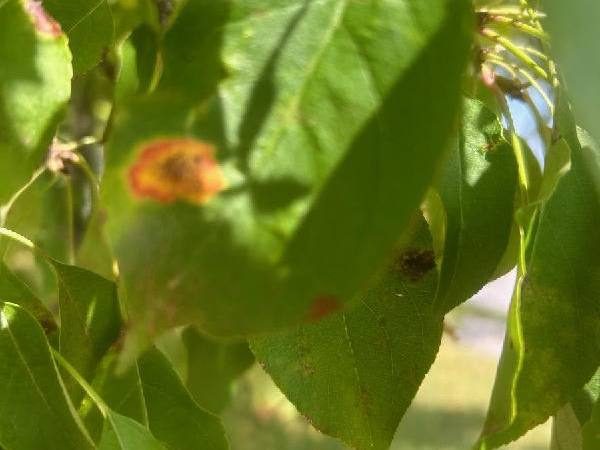
Cedar Apple Rust
Cedar Apple Rust is a fungal disease that has a complex life cycle involving both cedar or juniper trees and apple family trees like Crabapples and Hawthorns.
The disease causes unsightly deformities on the leaves, affecting the tree’s aesthetics and reduces its ability to photosynthesize. Infected trees tend to grow slower and weaker, and fruit may drop prematurely.
Fungicide sprays applied during spring and summer create a protective barrier on the leaves and fruit, preventing the fungus from taking hold.

Chlorotic Leaves
Chlorotic leaf disease manifests as the yellowing of leaves due to a deficiency in essential nutrients, most notably iron. This disease can significantly damage the health and appearance of oak trees if left untreated.
Deep root fertilization involves injecting essential nutrients, including iron, directly into the tree’s root zone, bypassing alkaline soil and ensuring optimal absorption.
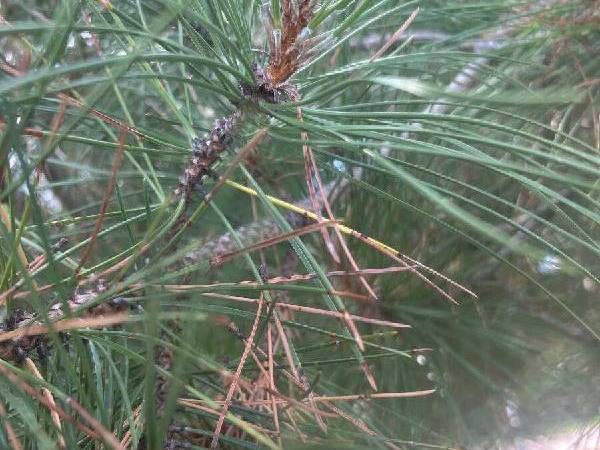
Diplodia Tip Blight
Diplodia Tip Blight primarily targets the new growth of Austrian Pine trees. This means it infects the shoots and the developing pine cones. It manifests as brown or tan needles at the tips of branches, giving the tree a “flagged” appearance and stunted growth. The fungus infiltrates and kills the young shoots and produces spores, which can spread to neighboring trees.
Regular applications of specially formulated fungicides, especially during the spring when new growth is emerging, create a protective barrier against the fungus. Insecticides can help manage bark beetles or other insects that create entry points for the fungus.

Fire Blight
Fire Blight is a highly contagious bacterial disease that affects several tree species, primarily crabapple and pear trees. The open blossoms in spring provide an entry point for the disease.
Fungicides create a protective barrier on tree surfaces, inhibiting bacterial growth. Insecticides can help deter insects like bees and flies can inadvertently carry Fire Blight bacteria from tree to tree.

Rhizosphaera Needlecast
Rhizosphaera Needlecast is a common fungal disease that primarily targets the needles of Spruce trees, causing them to turn brown and eventually fall off. This can lead to a noticeable thinning of the tree canopy and a weakened overall appearance. It interferes with the normal photosynthesis process, turning the needles from a healthy green to a discolored brown or purple.
Applying fungicides preventatively and curatively can slow and stop the disease from spreading, allowing the tree to recover and produce healthy new growth.
Preventing Tree Diseases
Taking preventive measures is crucial to maintaining the health of your trees. By understanding the common causes of tree diseases in Wisconsin and implementing preventive measures, you can protect your trees from potential harm and ensure their longevity. Our team of experts is ready to assist you with any tree-related concerns and provide professional advice tailored to your specific needs.
Here are some proactive steps you can take to prevent tree diseases:
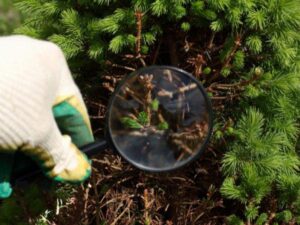
Regular Inspections:
Schedule regular inspections with a certified arborist to identify early signs of disease and address them promptly.
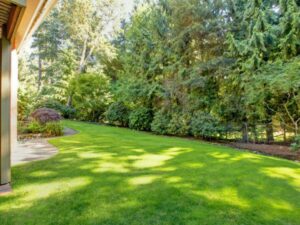
Professional Care:
Seek professional tree care services, including regular maintenance and disease prevention programs, to ensure the well-being of your trees.
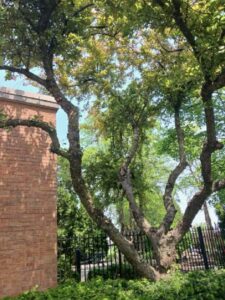
Proper Trimming:
Ensure trees are pruned correctly to minimize wounds and create optimal airflow, reducing the risk of infections.
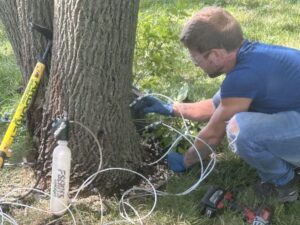
Insect Control:
Proper pruning reduces the risk of infestations. Insects or other pests can serve as carriers of disease, leading to infection.
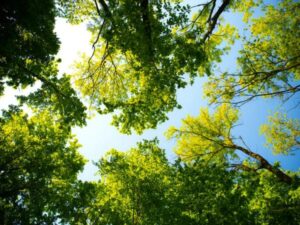
Promote Tree Health:
Ensure trees are trimmed correctly to minimize wounds and create optimal airflow, reducing the risk of infections.
By understanding the common causes of tree diseases in Wisconsin and implementing preventive measures, you can protect your trees from potential harm and ensure their longevity. Our team of experts is ready to assist you with any tree-related concerns and provide professional advice tailored to your specific needs.